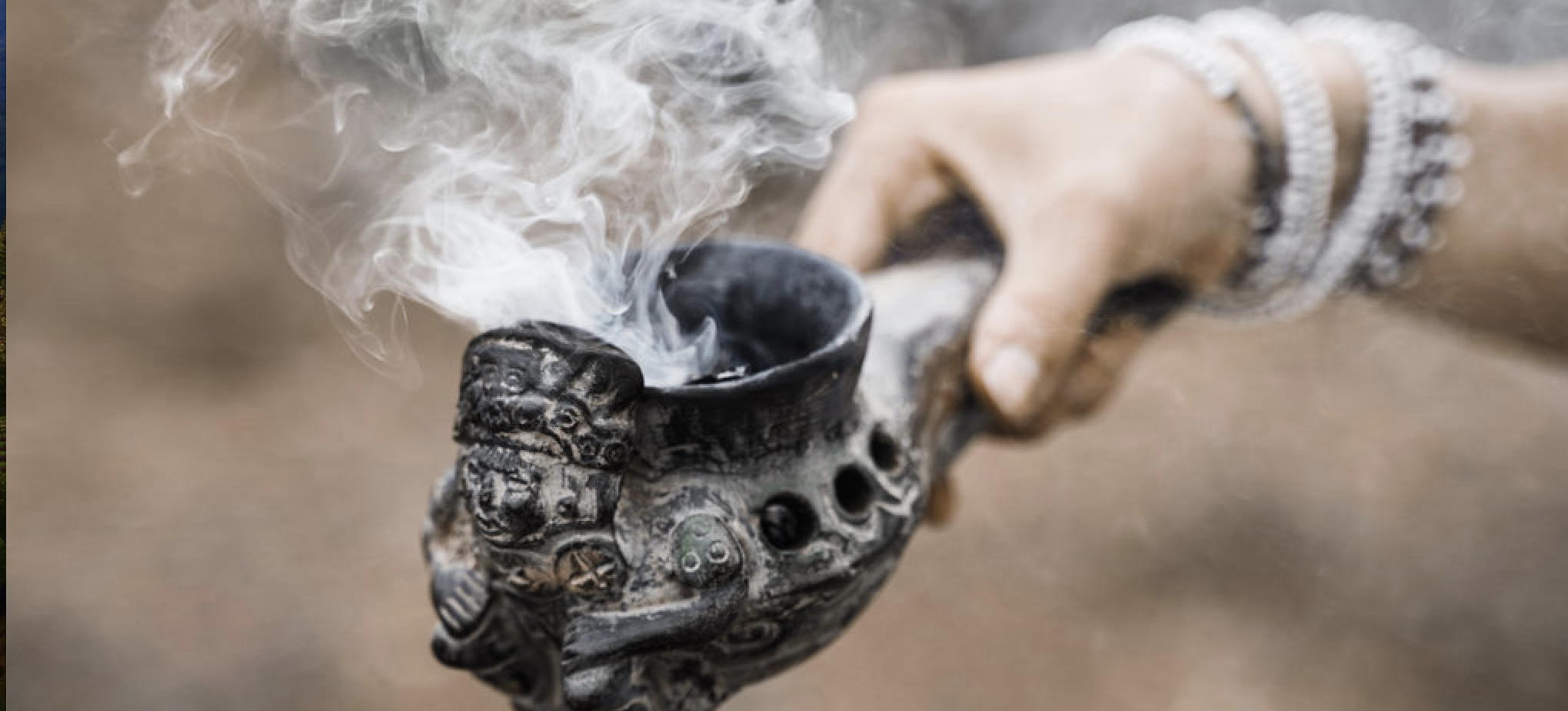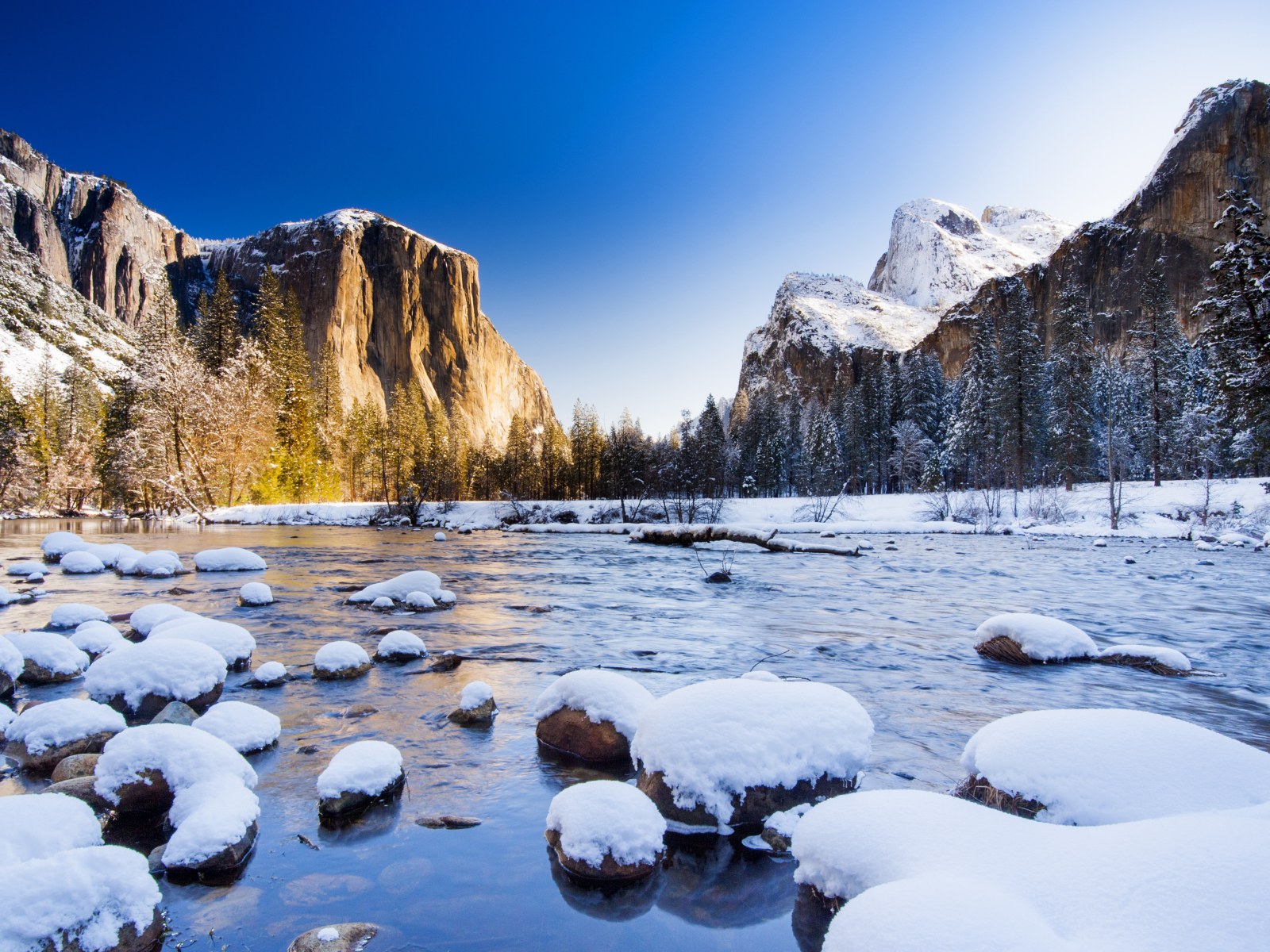Sacred Journeys: Discover Mexico’s spiritual heritage and pilgrimages to historic shrines
Mexico is a country rich in history, culture and tradition. One of the most notable aspects of its national heritage is the spiritual dimension that permeates various aspects of its life. In this article, we will delve into the world of Mexico’s spirituality, explore its unique religious and cultural practices, and examine the significance of its spiritual heritage to the Mexican people.

Mexico is known for its variety of spiritual traditions, reflecting the country’s rich cultural heritage. Many religious beliefs are intertwined here, from the ancient Aztecs and Mayans to the Catholic Church and modern spiritual movements. This mosaic character of spirituality makes Mexico a unique place where every stone, every wall is imbued with a centuries-old history of faith and devotion.
For many Mexicans, spirituality is not just a set of religious practices, but an integral part of their daily lives. From large-scale religious festivals to small rituals in the home, spiritual practices permeate all areas of Mexican culture. They become the basis for building family traditions, social events, and national celebrations, creating a unique atmosphere and spiritual unity among the people.
It is important to note that Mexican spirituality is not limited to religious practices. It also finds expression in art, literature, music, and other areas of culture. Many works of art, songs, and poems deal with themes of faith, hope, love, and devotion, reflecting the underlying values of Mexican society.
In this article, we will delve into the world of Mexican spirituality, exploring its rich heritage and examining how it is reflected in various aspects of life in this fascinating country.
History of Spiritual Practice in Mexico

The history of spiritual practice in Mexico spans millennia, from the pre-Hispanic period to the present day. One of the key aspects of spiritual practice in Mexico is its diversity. In pre-Hispanic times, Mexico was home to numerous Native American civilizations, each with their own religious beliefs and practices. The Aztecs, Mayans, Toltecs, Olmecs and other peoples practiced polytheistic beliefs, worshipping various nature deities, forces and spirits.
The arrival of the Spanish conquerors in the early 16th century led to the introduction of Christianity into Mexico. The Catholic Church became the dominant religious force in the country, and many Native American traditions were fused with Christian rituals. This syncretism resulted in a unique Mexican culture and religious identity that continues to exist today.
An important aspect of Mexican spirituality is also popular religiosity, which manifests itself in a wide range of traditions, rituals, and celebrations. For example, the Day of the Dead (Día de los Muertos) is a colorful holiday during which Mexicans commemorate deceased relatives and friends. This holiday combines elements of Christian and pre-Hispanic rituals to create a unique and multi-layered holiday experience.
In modern Mexico, religious practices continue to play a significant role in people’s lives. Catholicism remains the most prevalent religion, but there is also a marked increase in the influence of Protestantism and other Christian movements. In addition, traditional Native American beliefs persist and permeate various aspects of Mexican culture and art.
The history of spiritual practice in Mexico reflects a complex interplay of different cultures and religious traditions. This diverse mosaic character makes Mexican spirituality unique and fascinating to study and understand.
Significant shrines and spiritual sites in Mexico
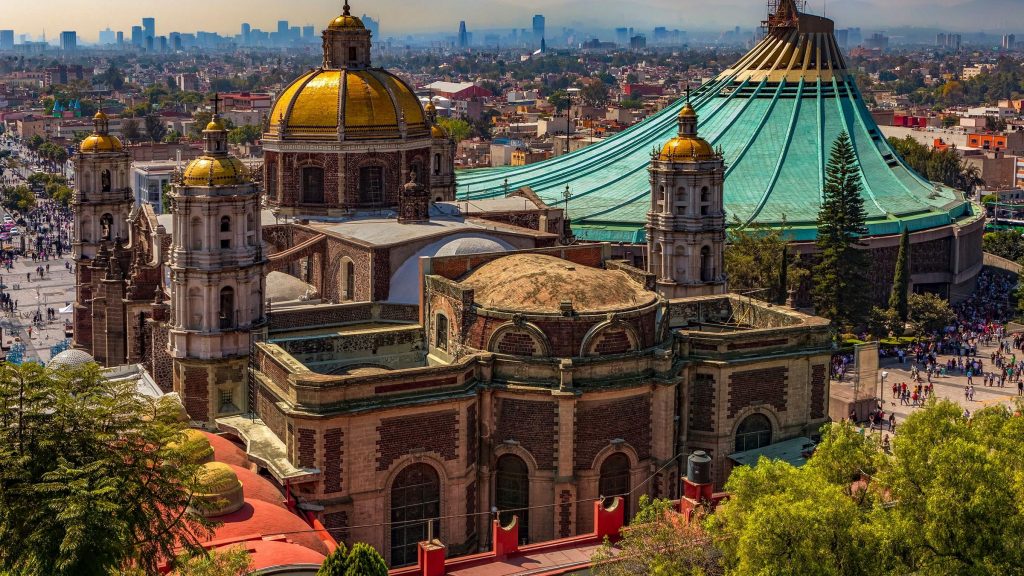
Mexico is rich in its spiritual heritage, which includes many significant shrines and spiritual sites that attract pilgrims and tourists from all over the world. Here are just a few of them:
The Basilica de Nuestra Señora de Guadalupe (Basilica of Our Lady of Guadalupe) in Mexico City is one of the most visited Christian shrines in the world. It is dedicated to the Virgin Mary of Guadalupe, the patroness of Mexico. The first temple on this site was built in the 16th century on the spot where, according to legend, the Virgin Mary appeared to local Indian Juan Diego. Today, the basilica is home to several churches and monasteries, as well as a museum that houses artifacts and Marian-related apparitions.
The Mayan Temple at Chichen It Za is one of Mexico’s greatest archaeological sites and the spiritual center of the ancient Maya. Chichen Itza, meaning “singing waters,” was an active center of religious practice for the Maya and served as a site for rituals and deity worship. The pyramid of Kukulkan, considered a symbol of Mayan culture and the cosmic calendar, is particularly famous.
San Juan de Ullua in Pachuca is one of the most impressive Spanish monasteries in Mexico. This complex of monasteries, temples and churches was built in the 16th century in the colonial style. Its uniqueness lies in the fact that it was built on the site of ancient Amerindian shrines, making it a peculiar blend of Spanish and local Amerindian cultures.
Sanctuary of Guadalupe Island (La Isla de la Roqueta) is an island off the coast of Acapulco that serves as a popular pilgrimage destination. It is home to a shrine and monastery dedicated to the Virgin Mary of Guadalupe, as well as beautiful gardens and beaches where pilgrims and tourists can pray and enjoy the beauty of nature.
These shrines and spiritual places are not only of historical and religious value, but also serve as a source of inspiration and peace for the millions of people who visit them each year.
Traditional pilgrimages and religious rituals
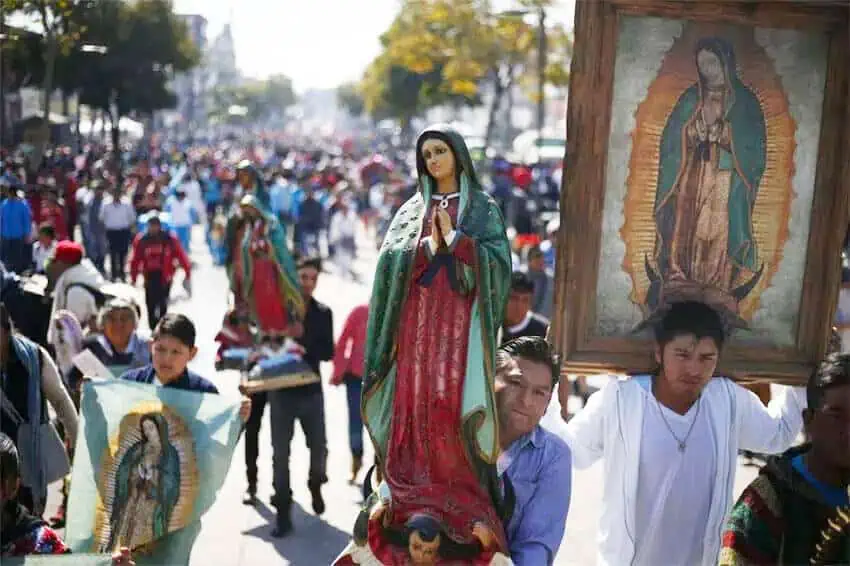
Pilgrimages and religious rituals are an important part of Mexico’s spiritual life, enriching its cultural heritage and attracting thousands of pilgrims from around the world. In this section, we will look at several popular pilgrimage routes and religious rites that form the fabric of spiritual practice in this country.
One of the most famous pilgrimage destinations in Mexico is a visit to the Basilica of the Virgin of Guadalupe in Mexico City. Many pilgrims come here to venerate the image of the Virgin of Guadalupe, which is considered one of the most revered in the Catholic faith. Pilgrims take part in prayers, processions and masses, focusing their thoughts on their spiritual aspirations and hopes.
Another significant pilgrimage site is the town of Chalma in the state of Mexico, where the Shrine of St. Teresa is located. This place attracts pilgrims seeking spiritual renewal and healing. Visitors take part in rituals involving sacrifices and prayers to the saint to ask for help with their problems and illnesses.
An important itinerary for many pilgrims is a visit to the Catedral Shrine in Mexico City, one of the largest historic Catholic shrines in the country. Here pilgrims can participate in rites of penance, praise and thanksgiving before their shrines.
It is important to note that participation in a pilgrimage can vary depending on the itinerary and the specific rite. Some pilgrims prefer to travel alone to pray and reflect, while others prefer to join organized groups with a guide who explains the history and significance of each place.
Pilgrims often bring flowers, candles and other symbols of faith to participate in religious rituals. It is important to consider local customs and traditions in order to respect the cultural heritage and beliefs of the local people.
Pilgrimage routes and religious practices in Mexico are not only a spiritual journey, but also an opportunity to gain a deeper understanding and appreciation of the country’s cultural diversity. They serve as a link between believers and historical traditions, preserving and continuing Mexico’s rich spiritual heritage.
Impact of spiritual tourism on local communities and culture
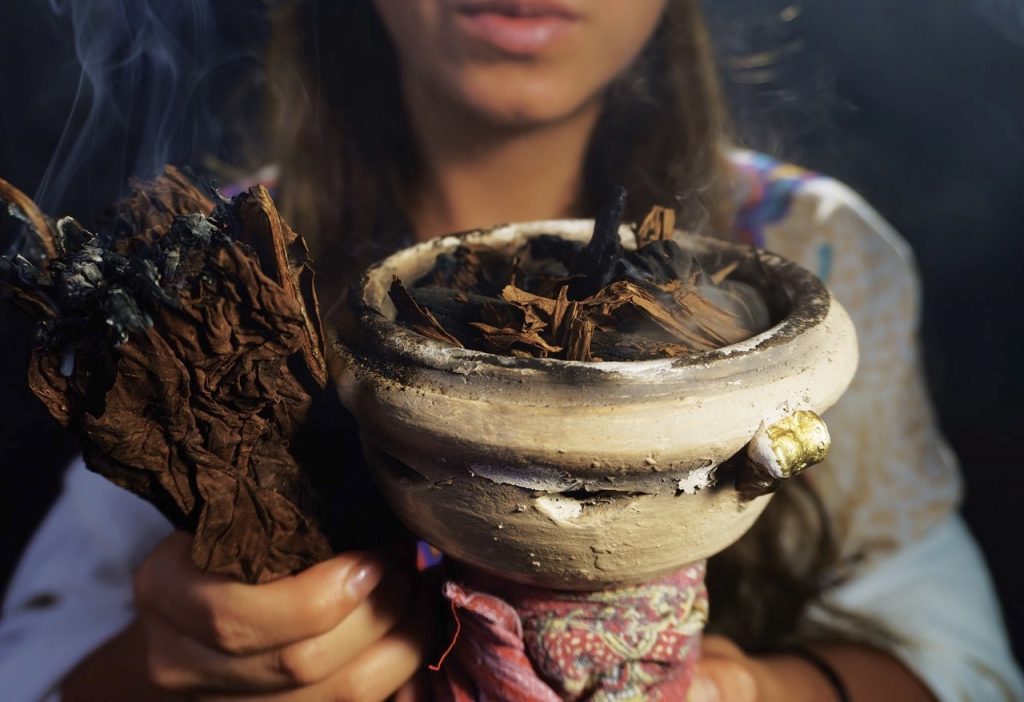
Spiritual tourism has a significant impact on local communities and culture in Mexico. This type of tourism affects the economy, social life, and preservation of the cultural heritage of communities.
On the one hand, spiritual tourism contributes to the economic development of local communities. The arrival of pilgrims to shrines and temples generates significant income through the tourism industry. Local people can provide accommodation, food, transportation and souvenir services, which contributes to the growth of local economy and job creation.
On the other hand, spiritual tourism can affect the social life of local communities. The increased flow of tourists can cause changes in the ordinary lives of local residents, including increased tourism infrastructure, changing lifestyles and employment patterns. Some locals may see it as an opportunity to improve their well-being, while others may be concerned about preserving traditional lifestyles and cultural values.
In addition, spiritual tourism plays an important role in preserving the cultural heritage of local communities. Many pilgrimage sites have deep historical and religious roots that reflect the richness of Mexico’s cultural heritage. Maintaining and protecting these shrines and sites helps to preserve and transmit them to future generations, which helps to preserve and strengthen the cultural identity of communities.
Thus, spiritual tourism has multiple impacts on local communities and culture in Mexico. It stimulates economic development, changes social life and influences the preservation of cultural heritage. It is important to ensure the sustainable development of this type of tourism, taking into account the needs and interests of both tourists and locals, in order to balance the benefits and challenges of spiritual tourism.
Traveling to sacred sites in Mexico is a unique experience that requires careful preparation and understanding of the culture and religious traditions. Here are some practical tips to help you plan and conduct your spiritual journey in Mexico.
Learn the local customs and traditions
Before traveling, research the culture and religious practices of the places you will be visiting. Respect for local traditions and customs is the key to harmonious interaction with the locals.
Ensure safety
When planning your itinerary, make sure you choose safe places to visit. Avoid dangerous areas and follow the instructions of local authorities and pilgrimage organizers.
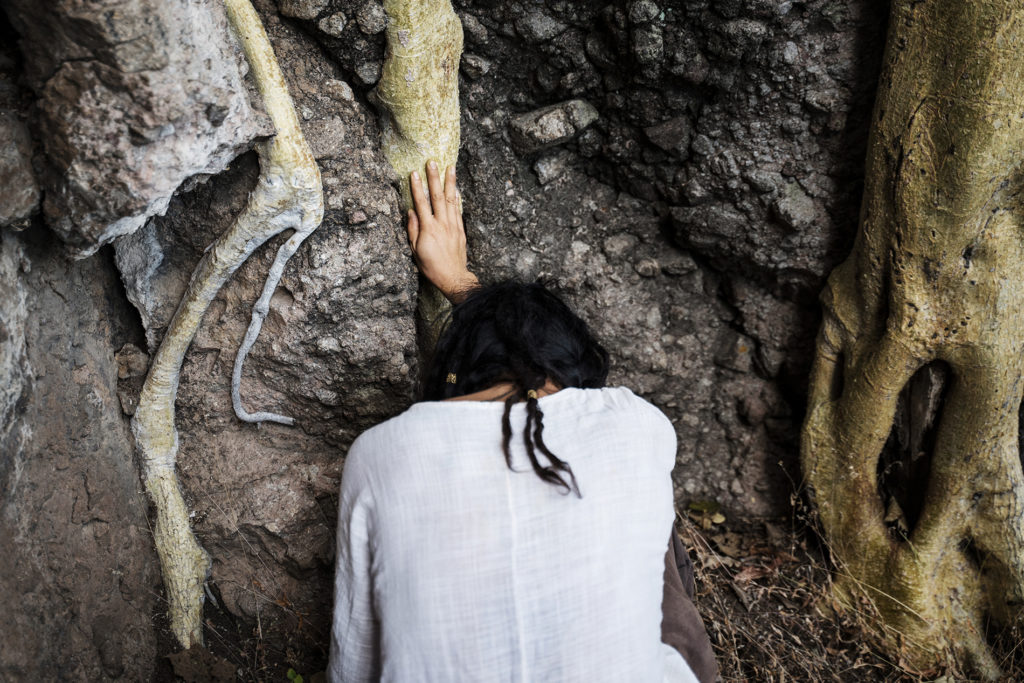
Some areas of major cities such as Mexico City or Cancun can be notorious for crime, especially at night or in remote areas. Tourists should avoid walking alone in such areas and it is better to choose safe and secure places to stay and enjoy themselves.
To ensure your safety while visiting Mexico, it is recommended that you:
- Avoid walking alone in unsafe areas and prefer group tours or guided walks.
- Carry copies of important documents such as passport and insurance.
- Use only official cabs or cab services through mobile apps.
- Take precautions when swimming in open water bodies by watching the tides and currents.
- Avoid consuming food and water from unreliable sources to avoid possible infections.
Book your accommodation in advance
Popular shrines may have a limited number of hotel rooms. Book your accommodation in advance to avoid inconvenience on arrival.
Learn about transportation
Explore public transportation options or car rental services to choose the most convenient way to get around your itinerary.
Respect sacred sites
During your visit to shrines, observe local rules of behavior and cultural etiquette. Do not forget that you are in a place that has special meaning to the locals.
Be prepared for weather changes
Depending on the time of year, weather conditions in Mexico can vary. Make sure you are prepared for possible weather changes and bring appropriate clothing and weather protection.
Following these guidelines will help you enjoy your spiritual journey in Mexico and make your pilgrimage safer and more comfortable. And if you become so enamored with the culture of this spiritual country that you decide to move to it, you can entrust all your relocation worries to a reliable moving company, such as Absolute RelocationService, to fully enjoy your new experiences and your new home.
Contact us in any way:
Telephone: (954) 773-9667
E-mail: abs@absoluteinc.org
Website: https://absoluterelocationservices.com


